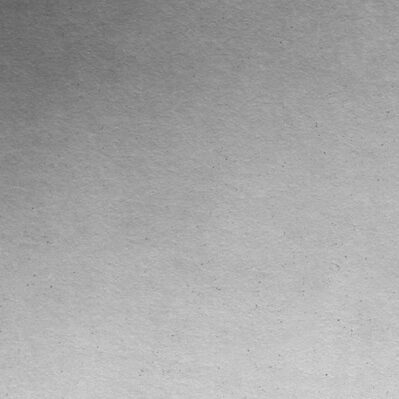I learned a few things today. These are little additions to my previous notes. They hardly qualify as discoveries but they will surely nudge me in the right direction and make things a little bit easier in the future.
My third darkroom session with HM Rodinal was a short one. I’ve had some printing ideas I’d like to try but I knew that the box of papers was nearly empty, so I settled for the objective of reprinting the photo of a leaf (which I shared earlier). I also tested a more diluted solution (1+30) in a colder/unheated darkroom setting. The papers that were left in the bottom of the box were fogged, the solution was too diluted and/or the working temperature was not really suitable. In short, this session did not yield a proper print. But, it taught me that using (1+20) Rodinal dilution in (at least) 15°C temperature is the minimum requirement that I should meet.
The fibre based photo papers that I use are from an unknown date. When I bought them online, I did a little research but I couldn’t find any meaningful info about “Foma Neobrom N1111”. I wanted to spend less time in front of a screen and more time in the dark room that I just finished working on, so I went ahead and started using the papers, experimenting and noting the results of my trial and error process. Today, I finished the first box of Neobrom.
A while back, when I first opened the box, I wasn’t sure how dark my darkroom was. I did my best to lightproof every surface and I spent time in total darkness (which funnily hurt my eyes) but uncertainty remained. To be safe, I decided to open the box in complete darkness. As I fumbled in the dark, I tore some unidentified layers within the crumbling cardboard box. When I got out a single paper, I wasn’t sure if everything was alright. I managed to find my gaffer’s tape in the dark and I “fixed” the box as best as I could. That was my first day in the darkroom. It was a long day.
I used the papers for about six months and I rarely had a problem with fogging. As I keep picking papers from the middle of the box, the papers in each sides were the last ones. These were pretty foggy. So… no proper prints today.
Despite all that, the day wasn’t a complete loss.
After opening the empty box and peeling the crumbling inner layers of paper and tinfoil, I’ve found a sheet of instructions, printed on cheap, yellow paper. It provides general directions and a recipe to make paper developer. At that point, I realized that these papers were much older than I imagined. The recipe is pretty straightforward and it follows tried and tested ingredients, which are a bit hard to find online.
If you have any experience with these papers, please let me know. I’m curious!

The last update is about the camera that fell from the sky. It works! In fact, it works much better than I expected. It turns out that the camera has shutter speed control. The tiny knob which regulates “the lightness/darkness” of the photos (as explained in the manual) works as a click-less shutter speed selector, paired with the “electric eye” (the EE in the model name, basically a light meter) . To keep the shutter open, all you have to do is to cover the electric eye. In other words, when the electric eye is covered, bulb mode kicks in. There’s even a shutter cable socket. There are two apertures. The mechanism works beautifully with two common AA batteries. In theory, I can load pre-cut paper negatives, put the camera on a tripod and more or less use the camera as any other. The only bad news is that there’s fungus right in middle of the lens. If everything else works, I think I’d be able to find a way to clean the lens (fingers crossed.)
These were today’s news.
Take care,
120

